Japandi is a portmanteau, or a combination of two words, Japanese and Scandi, and it denotes a marriage between two of the most beautiful minimalist design styles. Scandinavian style design is a celebration of the simplicity of nature and is meant to emphasize minimalism and sleekness. Although it is part of modernism, Scandinavian interior design is often considered a style unto itself. It is one of the most notable for its simplicity and functionality and is a great option for those of us who just want a home that looks as good as it works.
Much like the Scandi style, the Japanese interior design style also emphasizes its appreciation for the simplicity of nature. Japanese minimalism, also known as Wabi-Sabi, is a design philosophy that values rustic aesthetic, beauty through imperfection, and the use of natural materials. So, it's only natural that the two design styles have been drawn to one another. Japandi is a fast-growing international trend, mixing the rustic simplicity of Scandinavian style with the sleekness of Japanese style. When it comes to designs that are cozy, natural, sleek, and simple, Japandi leads the pack.
Roots of Japandi Style
To understand how Scandi style and Wabi-Sabi came to combine even though they are separated by entire continents, we must briefly delve into the annals of history.
Japan was once a closed country where foreign trade and travel were severely restricted. This meant that foreigners couldn’t just come in and trade whenever they wanted. Likewise, locals in Japan could not leave the country for trade or education except for rare exceptions. Japan’s leaders imposed and expanded these isolationist measures as a way of defending their rule from foreign influence, and the policy lasted for well over two centuries.
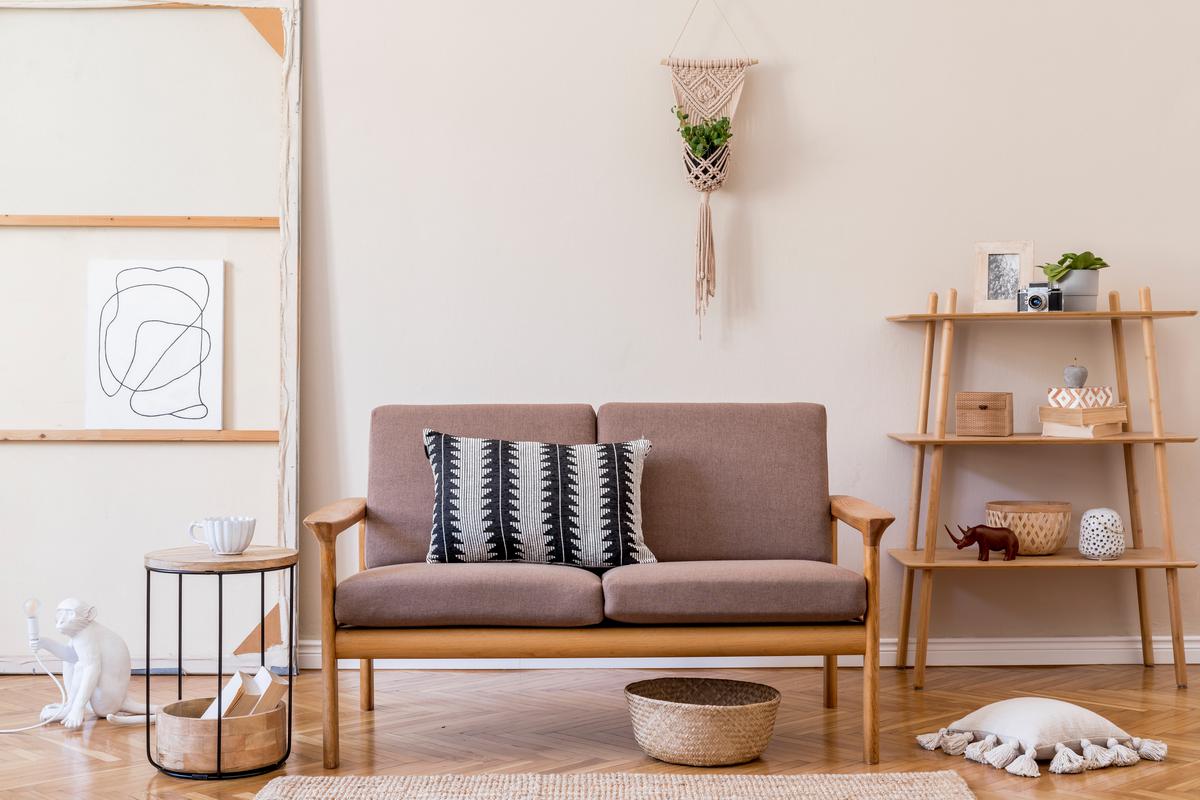
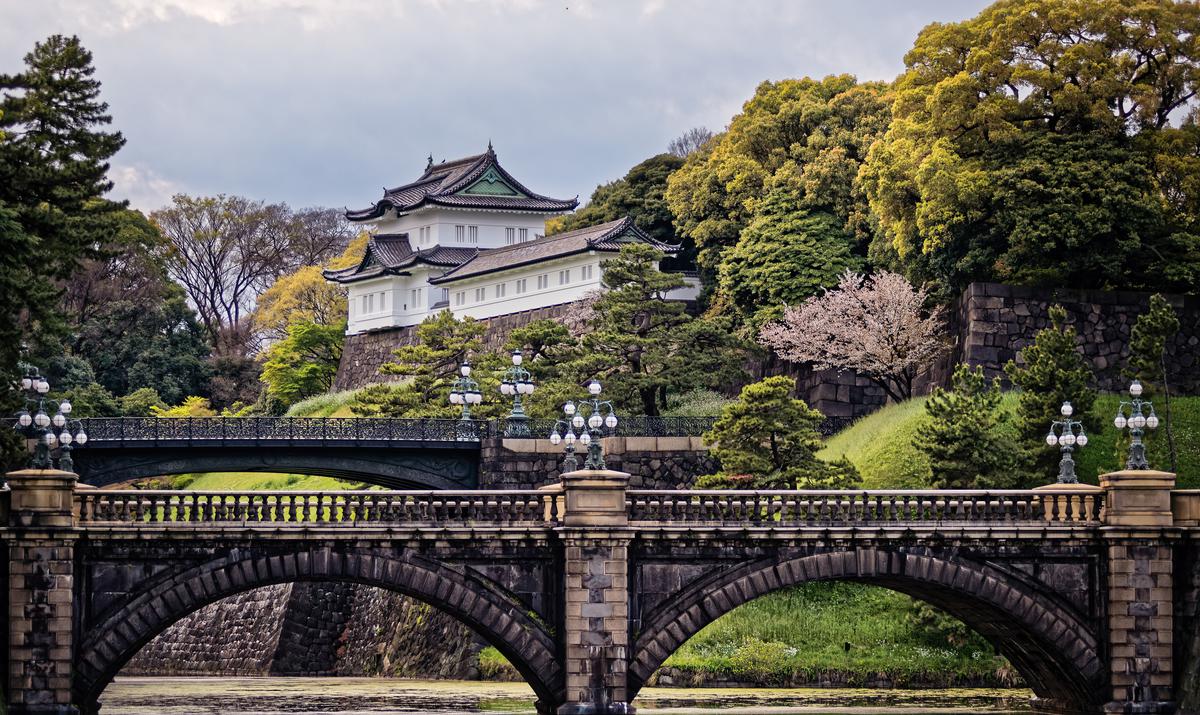
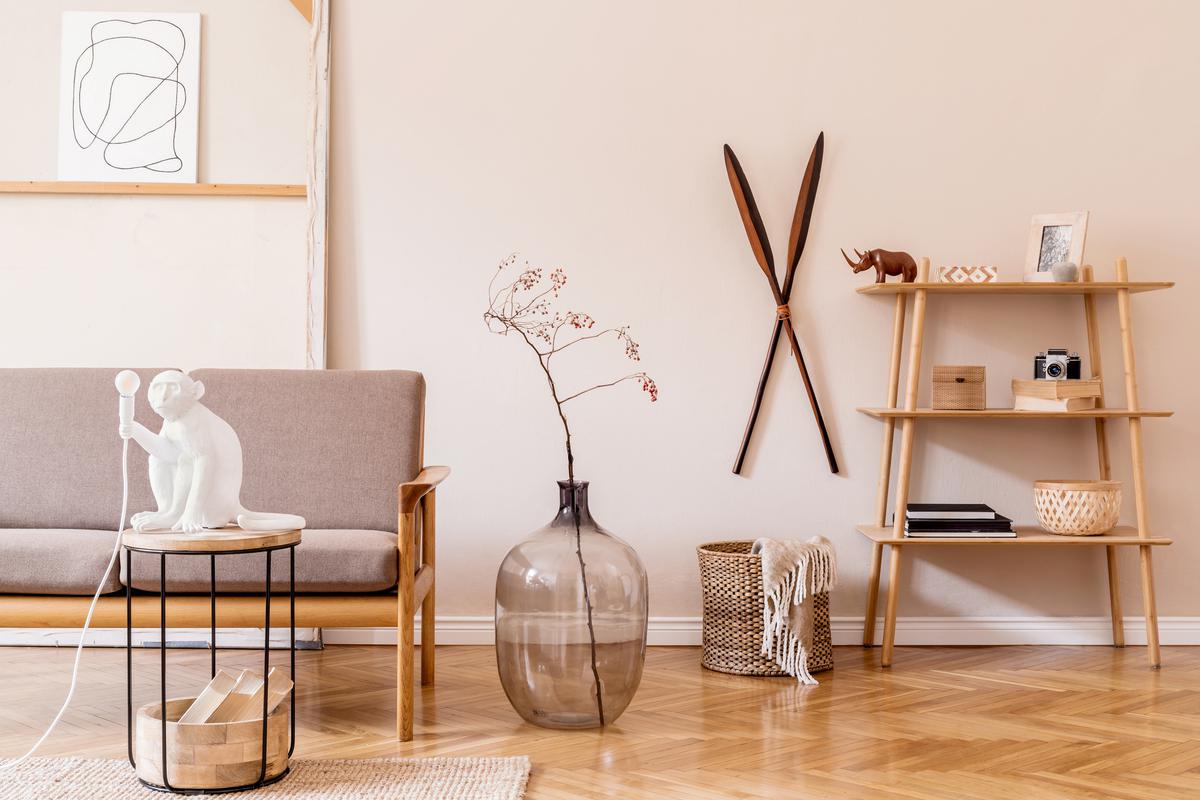
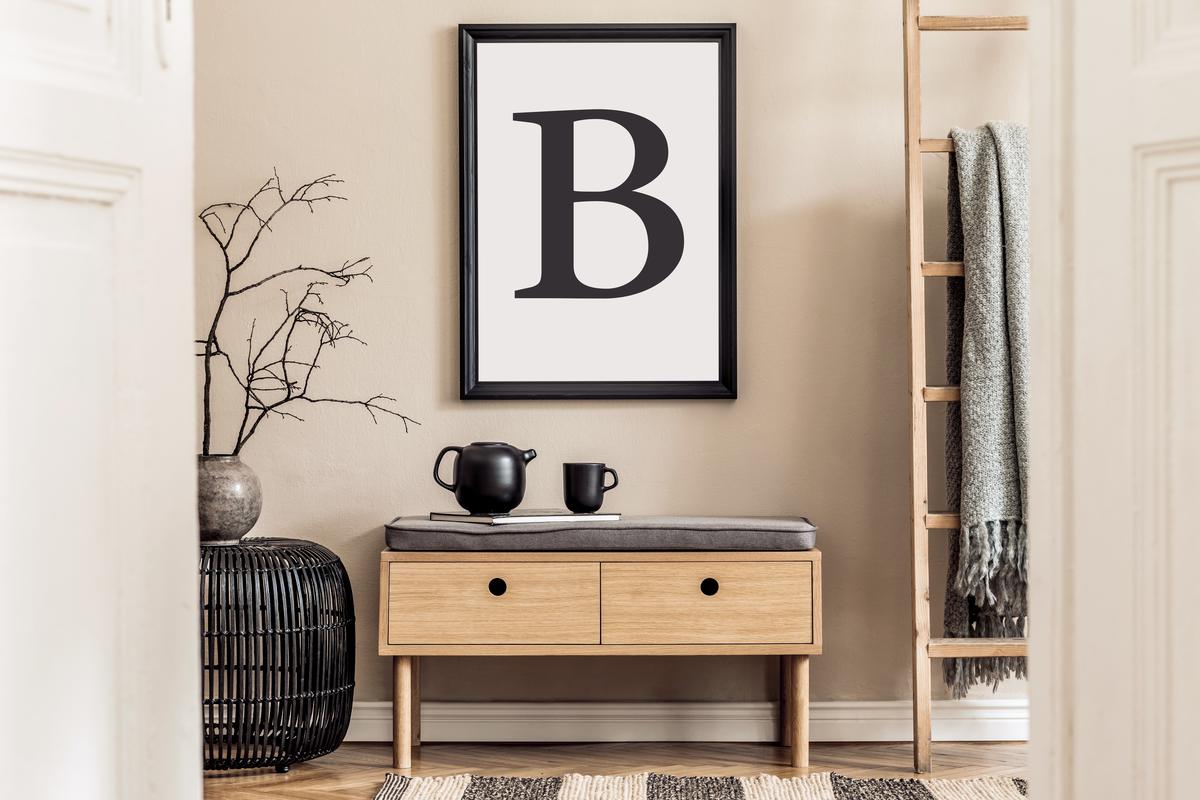
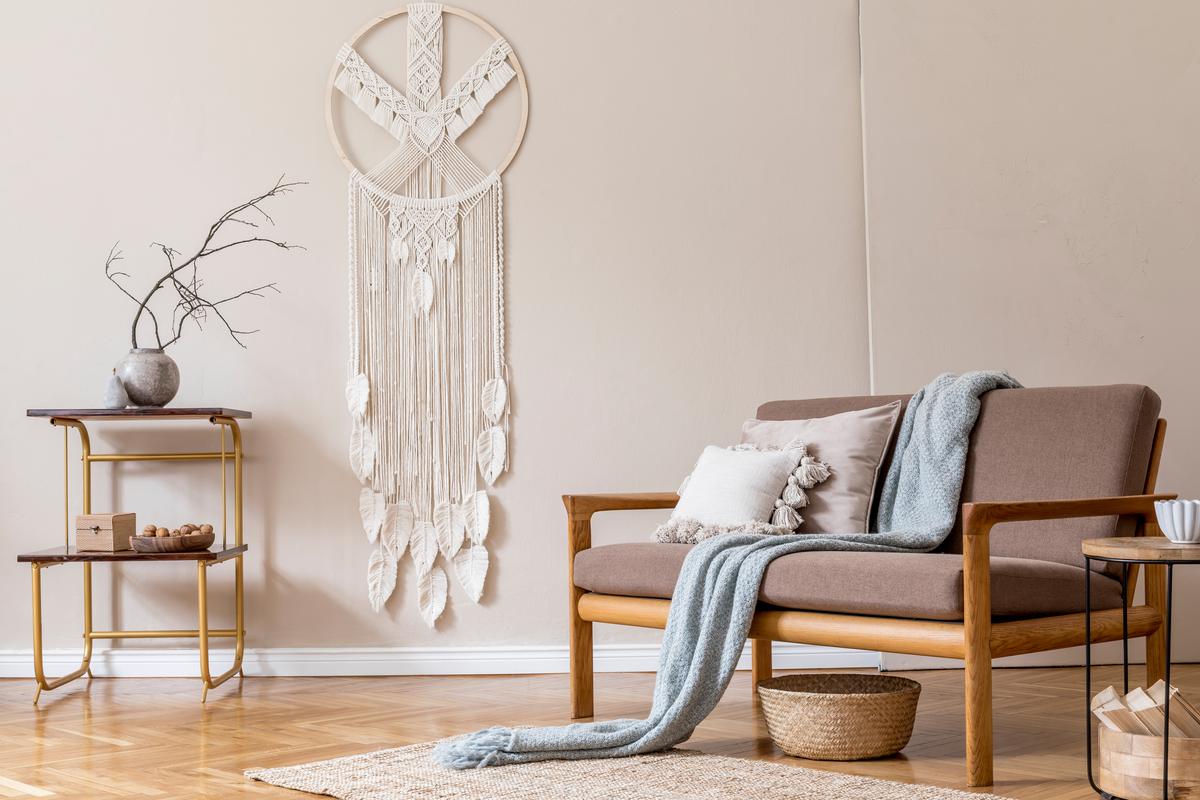
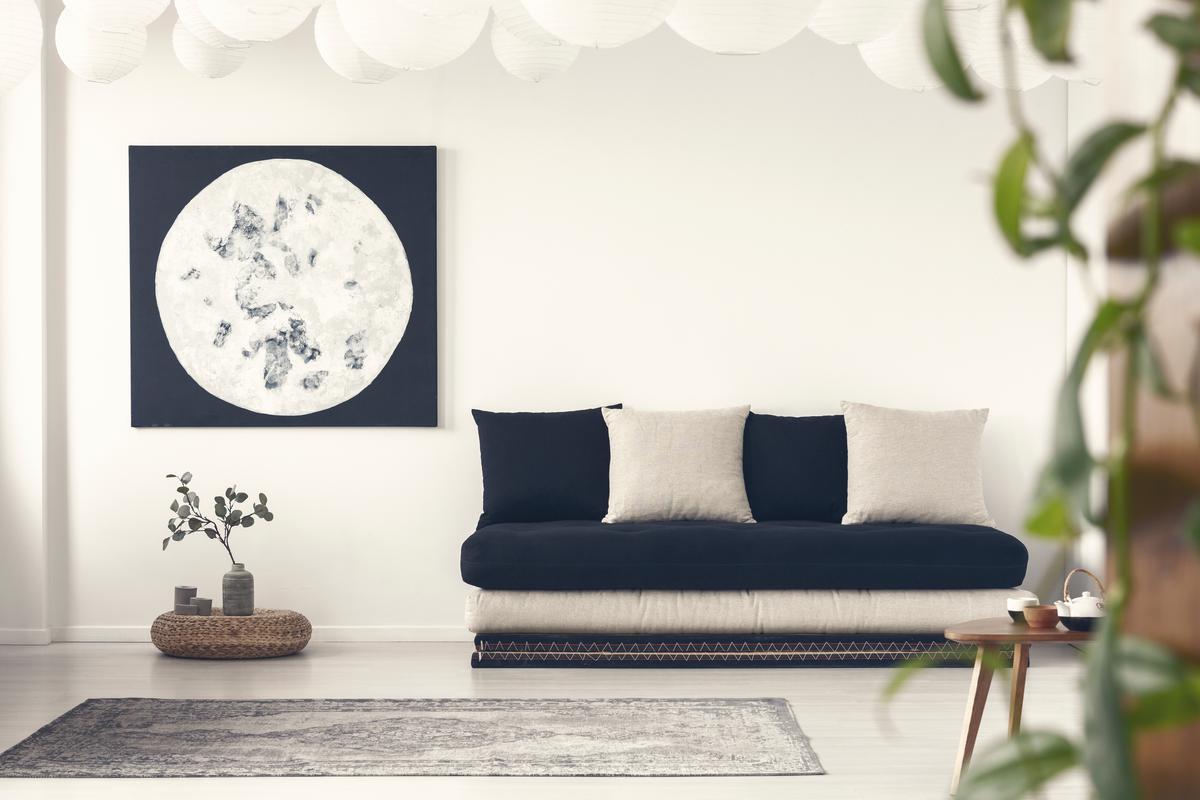
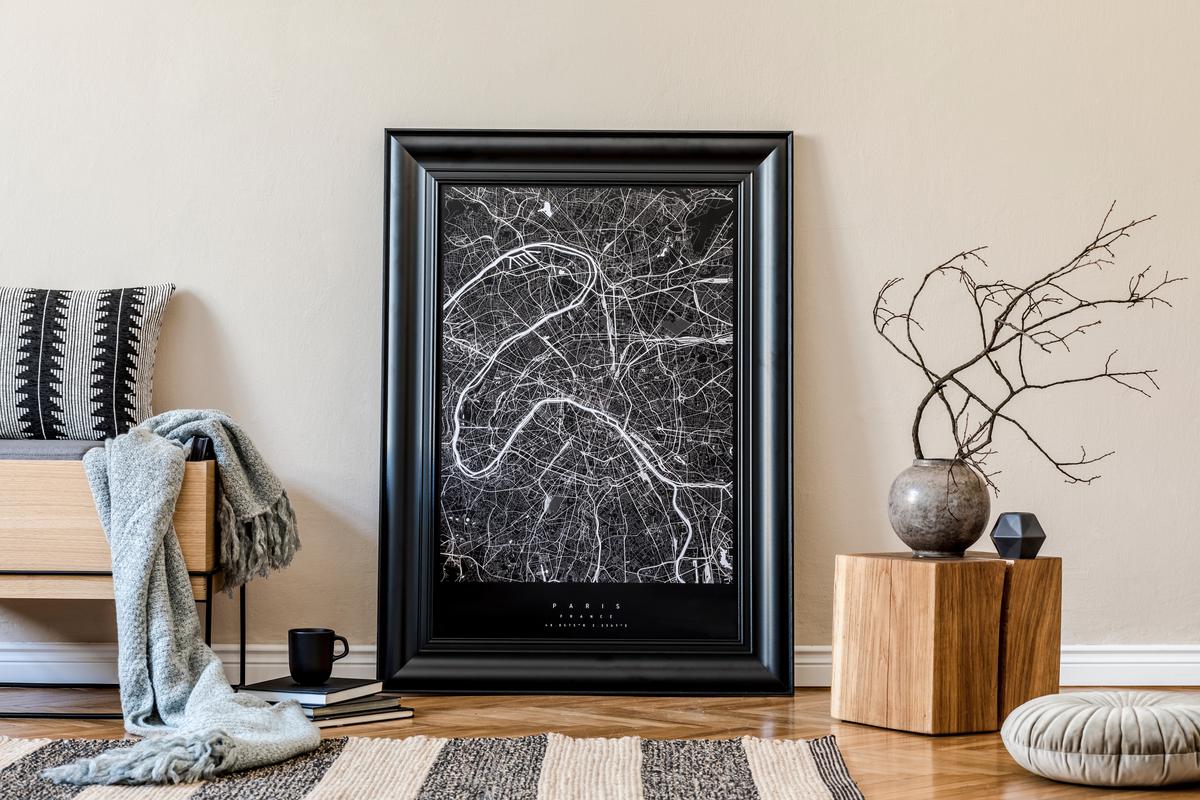
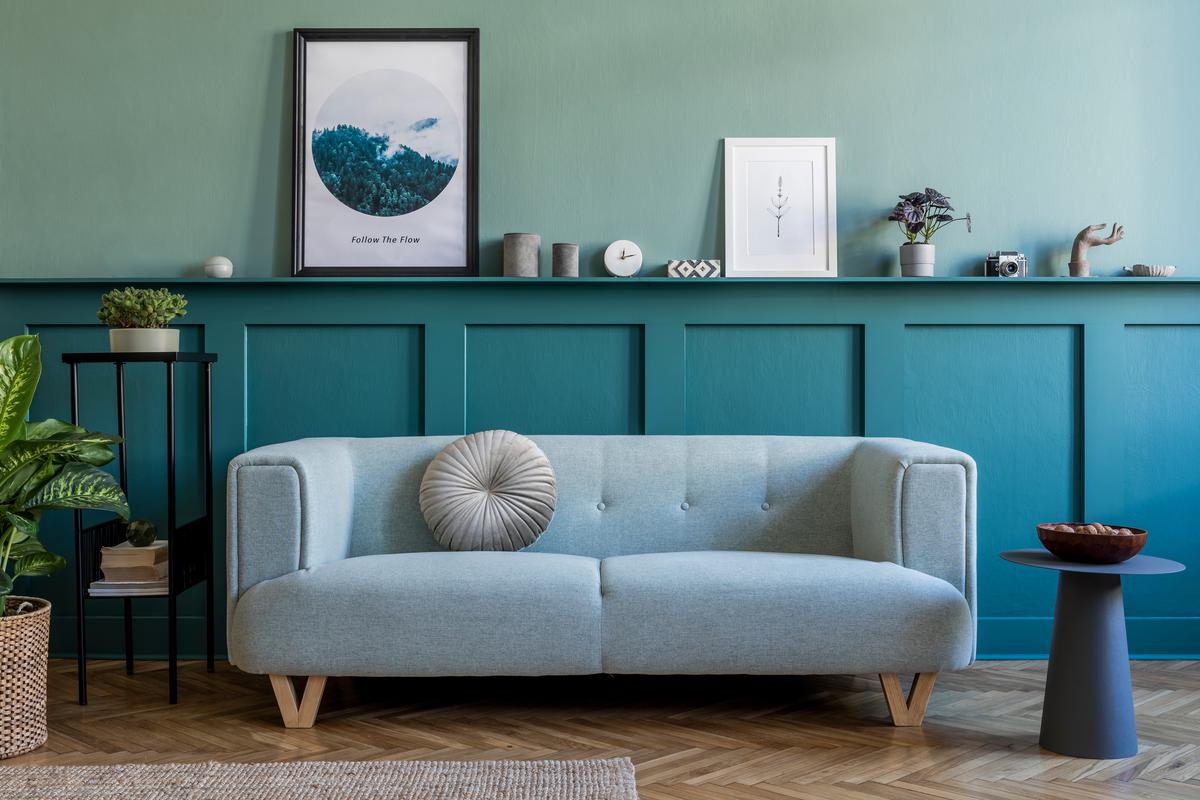
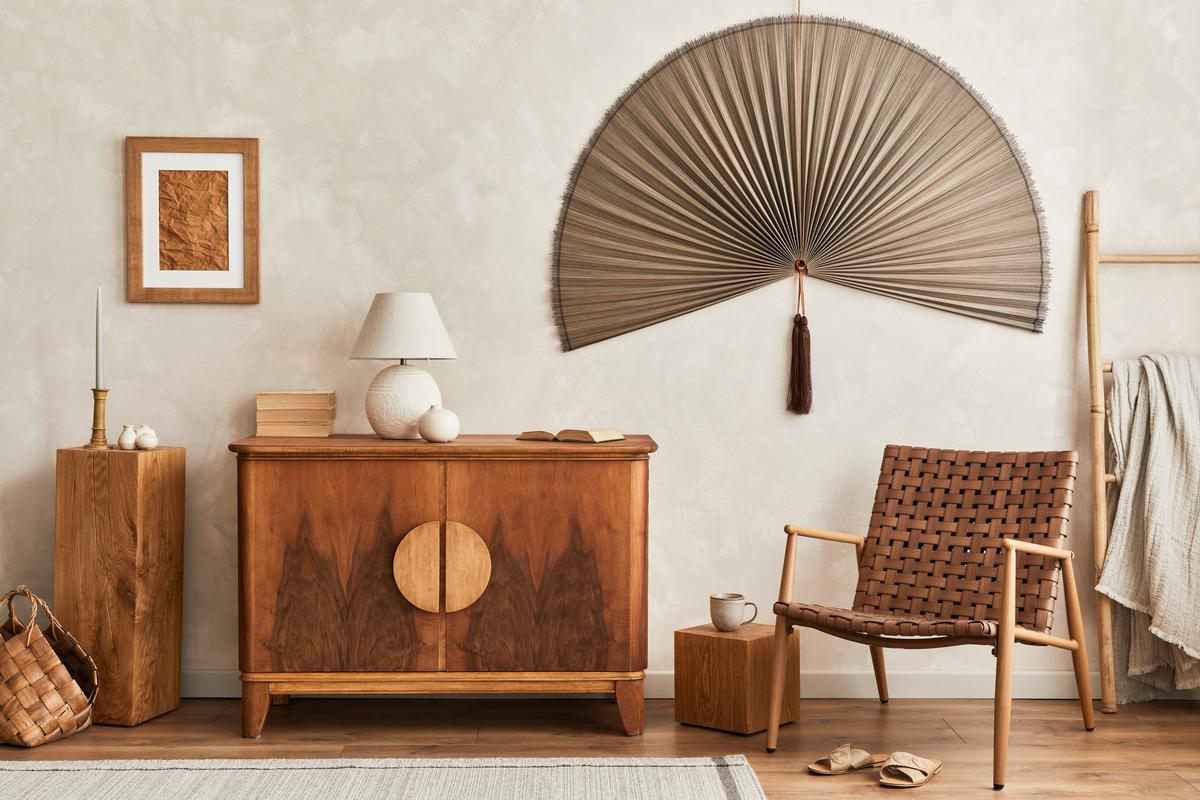

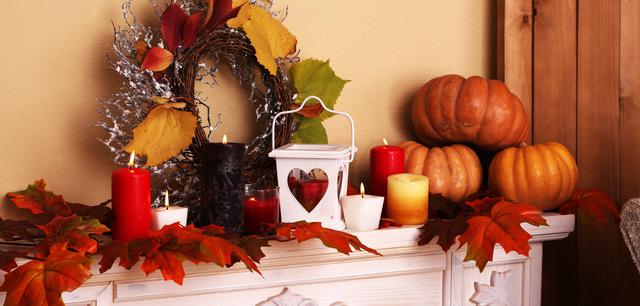

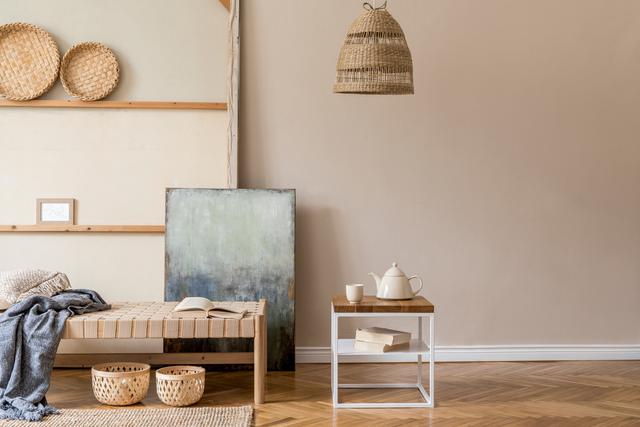
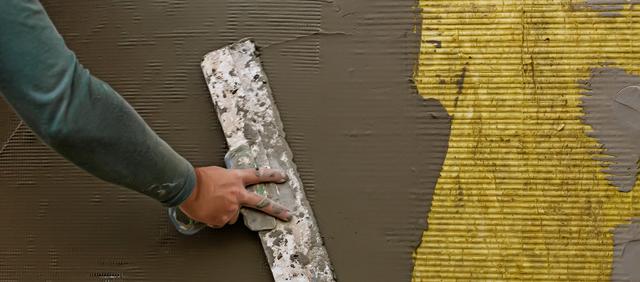
comments